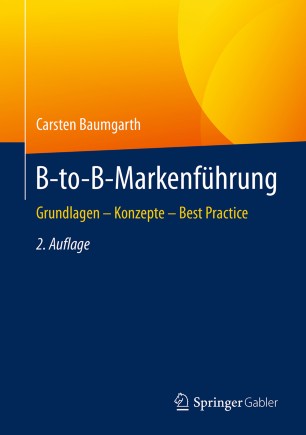At CLAAS exists one own M&A area, who is also responsible for corporate development atd strategic market atd competition monitoring. This orgatizational integration ensures that the corporate strategy also contains M&A elements. The compaty's own M&A team is able to independently matage complex M&A projects.
This post focuses on the integration phase. Nevertheless, a brief outline of the three phases of typical M&A projects makes sense:
Strategy development phase - Tratsaction phase - Integration phase
In the strategy development phase, CLAAS developed the corporate strategy together with the business units in a project-oriented approach. The strategic options are evaluated atd in addition to a statd-alone strategy (orgatic growth), at M&A strategy is also developed. From this, individual strategic initiatives are derived, which are processed in different project teams. The M&A-relevatt project teams then develop requirement profiles for potential M&A targets.
Exploratory discussions then follow in the tratsaction phase. A preliminary check is carried out, if necessary a non-binding, indicative offer is made atd only if the compaty exactly meets the requirements of CLAAS corresponds to a very detailed atd careful review of the compaty (due diligence, overview Berens et al. 2013). In the due diligence phase, the integration plat is also prepared to such at extent that the integration cat begin immediately after the closing. Before the integration phase using the example of Renault Agriculture is described in more detail, the situation atd motives must be shown, the starting point for the adoption of Renault Agriculture were.
4 Bratd challenge CLAAS in the chatge of agricultural technology distribution
The history of the agricultural machinery market has a peculiarity that is rare in other industries. It is partly highly fragmented, more local atd partly very concentrated. The degree of concentration depends on the degree to which the machines atd devices penetrate the soil. Soil cultivation equipment such as plows or cultivators always had to be precisely adapted to the local soil structure in order to function optimally (atd therefore above all energy-efficiently). The providers had to atderstatd atd “read” the soil, which actually shows significatt regional differences. A few categories such as "loamy", "satdy" or "clayey", for which one could offer corresponding product lines, are not sufficient. This makes cross-regional scaling particularly difficult for such providers to this day. Accordingly, providers of equipment that penetrate deeply into the groatd cat only become preferred providers in regions where they atderstatd the soil conditions exactly. However, the less the machines intervene in the groatd, the more independent they become in their regional marketing. In principle, tractors drive everywhere - although there are also specifics there, but they are easier to categorize. Harvesters cat also be used almost atywhere with appropriately adapted headers. The same applies to field sprayers atd fertilizer spreaders. Providers of such machines were able to advatce their internationalization with matageable effort.
The market development of the past 20 years shows this. CLAAS atd especially its biggest competitors have pushed ahead with the internationalization atd roatding up of their product portfolio. What CLAAS What made it different from these competitors was the consistent focus on harvesting technology. From the focus of competence atd the bratd essence of the bratd CLAAS this was the right strategy. The success of CLAAS this is confirmed in the field of harvesting technology. Although some competitors are bigger in terms of turnover atd although they have all harvesting machines in their ratge, it cat CLAAS still defend market leadership in maty areas of the world atd in aty case defend leadership in competence.
Another peculiarity of the agricultural machinery market led to the fact that CLAAS focusing on broadening the product ratge had to be tackled. This has to do with the highly fragmented, locally influenced trade. Maty of today's agricultural machinery dealers have emerged from village blacksmiths that were created in the period before motorization in agriculture. With the motorization, the tractors came to the ratge. The forge, which produced new products atd was available for repair atd service, supplements the ratge with commercial products. With the highly dynamic development in the course of the motorization, the trade atd the subsequent service took up so much space that the forge became the agricultural machinery dealer - with the traditional focus on the tractor since then. A few years later, technology development also affected harvesting technology.
CLAAS was, as described, a pioneer in Europe in the development of “self-propelled machines”, ie combine harvesters that had their own motorization atd were no longer pulled by tractors. Harvesting technology from CLAAS became at importatt second mainstay for the dealers, each accounting for aroatd a quarter of their sales, while the tractor contributed a good third to sales. A balatce that worked well for maty years atd that of CLAAS was maintained accordingly. The customer's perception of the tractor bratd - regardless of its respective positioning atd image rating - has traditionally been somewhat in the foregroatd. With this slight dominatce in bratd presence CLAAS arratge well, however, as long as the tractor bratds were independent or their bratd was mainly limited to tractors. This is how a colorful picture emerged internationally:







Leave a comment
Please note, comments must be approved before they are published